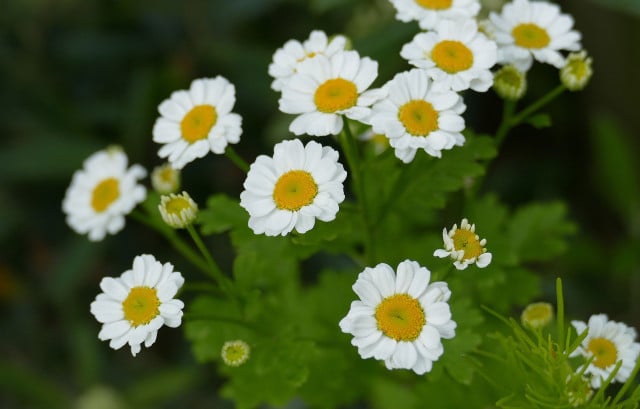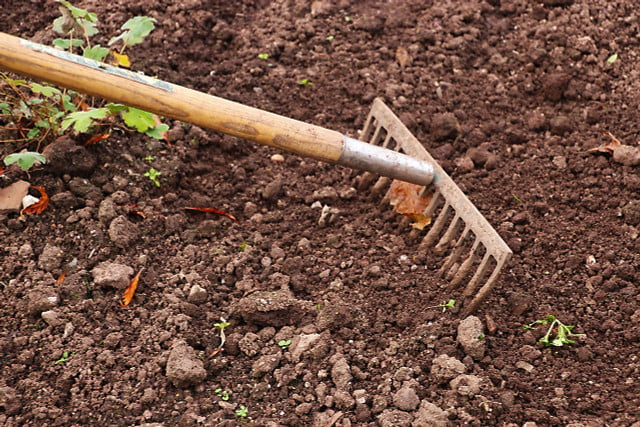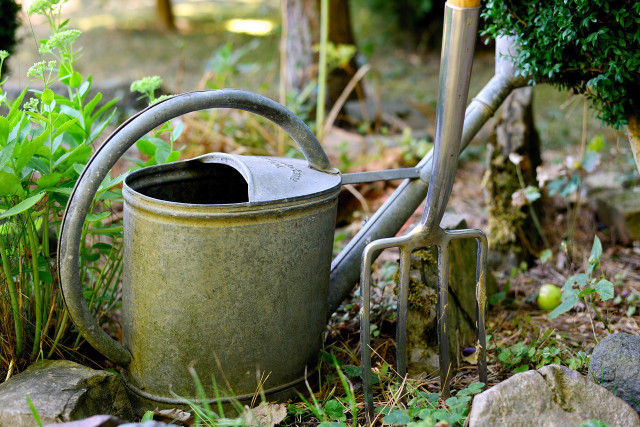
Motherwort promises success in the fight against migraines, but is also considered an effective remedy for fever and period pains. Those who do not want to rely on ready-made preparations can easily grow the medicinal plant themselves.
Motherwort still enjoys fresh fame: Austria declared it the medicinal plant of the year in 2017. Since ancient times, the inconspicuous plant has been said to have strong and varied healing powers. Only recently, however, has it increasingly been the subject of medical studies. It has now been scientifically proven that it contains, among other things, parthenolides and therefore has a fundamental anti-inflammatory effect.
Recently, motherwort has been the subject of discussion, especially in connection with migraines and severe headaches. In particular, it is said to help prevent migraine attacks. This fills an important gap for patients: Because there are hardly any drugs to prevent migraines so far. Despite initial positive research results, however, this preventive effect has not been clearly proven and therefore remains controversial.
Contents
Motherwort as a versatile pain reliever

Because of its analgesic properties, motherwort is also traditionally used for many other ailments. These include, for example:
- Fever
- Insect bites
- rheumatism and arthritis
- abdominal pain
- Toothache
- Period pain
Especially against pain during menstruation or labor, herbal medicine provides the motherwort since the Middle Ages. This is most likely the origin of its European name. The English name “feverfew”, on the other hand, indicates somewhat more unspecifically that the plant is supposed to have a fever-reducing effect.
How effective is motherwort?
Numerous studies indicate that motherwort has healing properties. That the plant has a general anti-inflammatory effect is recognized. But whether it can be used against specific ailments, such as period pain, has not yet been clearly proven.
The HMPC (Herbal Medicinal Product Committee) recognizes motherwort as a traditional medicine. However, this only means that the ingredients are medically safe. It says little about whether motherwort is actually effective against specific ailments. Most scientific studies currently focus on the plant’s potential as a migraine medicine.
In principle, motherwort is considered harmless to health. Only if you ingest large amounts or have an allergic reaction can you experience mild side effects such as nausea or skin irritations.
Caution: During pregnancy and breastfeeding, however, you should completely avoid products that contain motherwort. This is advised by the European Society for Phytotherapy (ESCOP), among others. Possible risks in this area have not yet been sufficiently researched – therefore caution is advised.
Planting motherwort in the garden: It’s easy

Pharmacies and drugstores offer ready-made motherwort preparations in the form of tea, tinctures or powder. You can also grow the plant at home and make your own tea from the dried leaves, for example.
In the garden, you plant motherwort ideally in a sunny location. If that’s not possible, however, it also thrives well in partial shade. More important is the quality of the soil: it should be loose, nutrient-rich and slightly moist. On sandy soil, the motherwort has it rather difficult.
You can sow the seeds in spring, preferably between April and May.
In order to grow, they need enough light. It is therefore important that you cover them only with a little soil.
If you sow several plants, you should also make sure that they have enough space later. Ten to fifteen centimeters of space between the individual plants is sufficient.
As an alternative to seeds, you can buy seedlings from a gardener and plant them directly in the garden. Seedlings are young plants that the gardener has already grown in pots.
Before planting, it is best to water the seedlings well to make the transition easier for them.
Once you have chosen a location, dig a hole and place the seedling there so that the roots are completely covered with soil.
Again, leave enough space between seedlings if you want to plant more than one.
Properly care for motherwort

Once sown, motherwort is easy to care for. Fertilizer is not necessary. Above all, you should keep an eye on the moisture of the soil:
- It is recommended to water regularly, especially the young plants. Depending on the weather and temperature, it may be necessary up to two times a day.
- However, you do not have to overdo it – keep the soil only slightly moist and make sure that it does not start to float.
- Before you add water, you can let the soil dry out a bit so that it does not get too wet. You should only avoid that the soil dries out completely over a longer period of time.
- You also need to water mature plants: Especially on hot summer days, dryness spreads quickly in the flower bed.
- Two to three weeks after sowing, you will usually see the first seedlings. The flowers appear from June and bloom throughout the summer, often until early autumn. You can collect and dry leaves and flowers during this time to use later for tea.
Feverfew is a perennial plant: although it likes it sunny, it usually survives colder winters and sprouts again the next spring.
Tip: You can prepare a tea from motherwort as follows: Pour 200 to 250 milliliters of boiling water over one teaspoon of dried motherwort. Let the tea steep for about ten minutes.

